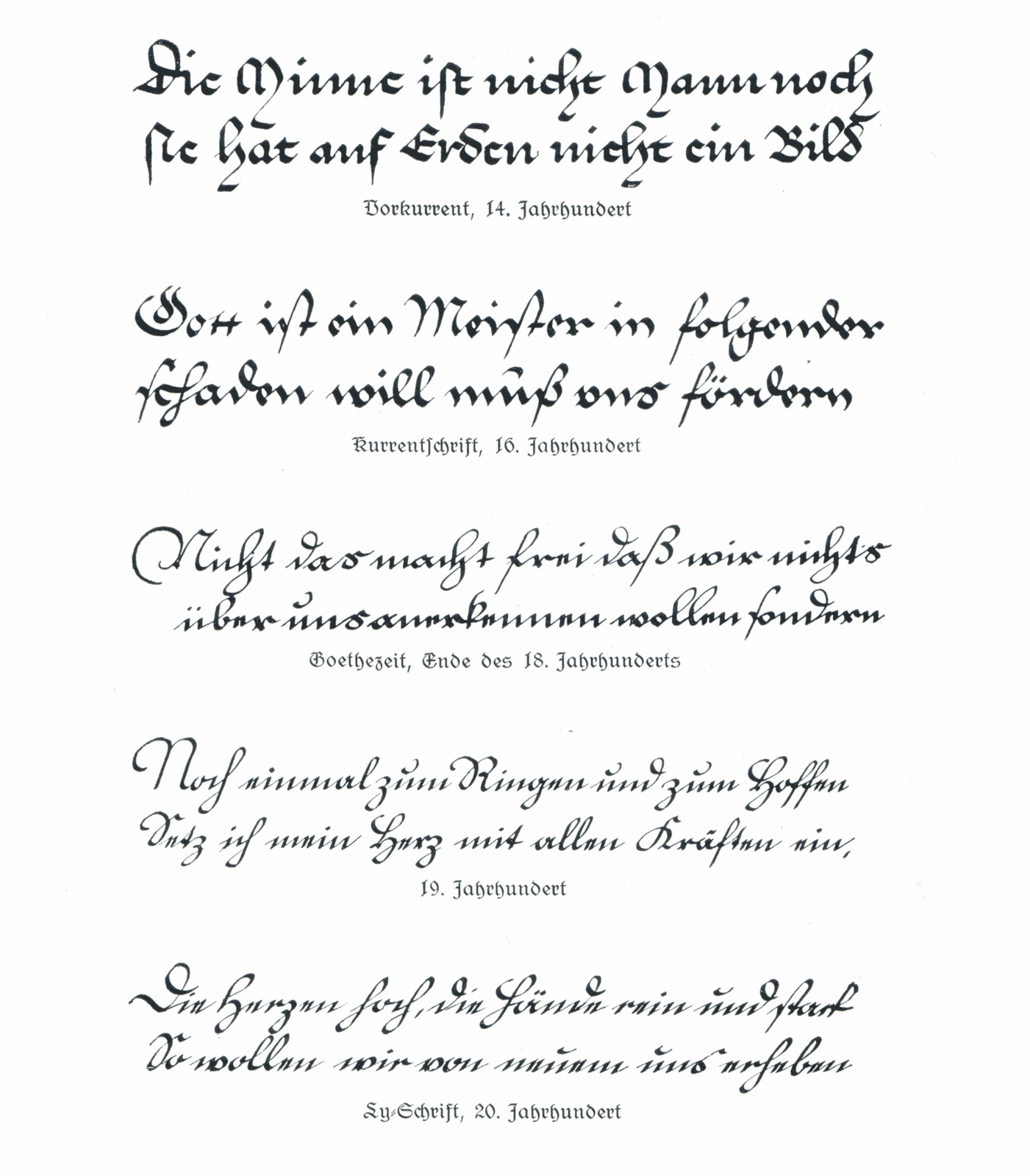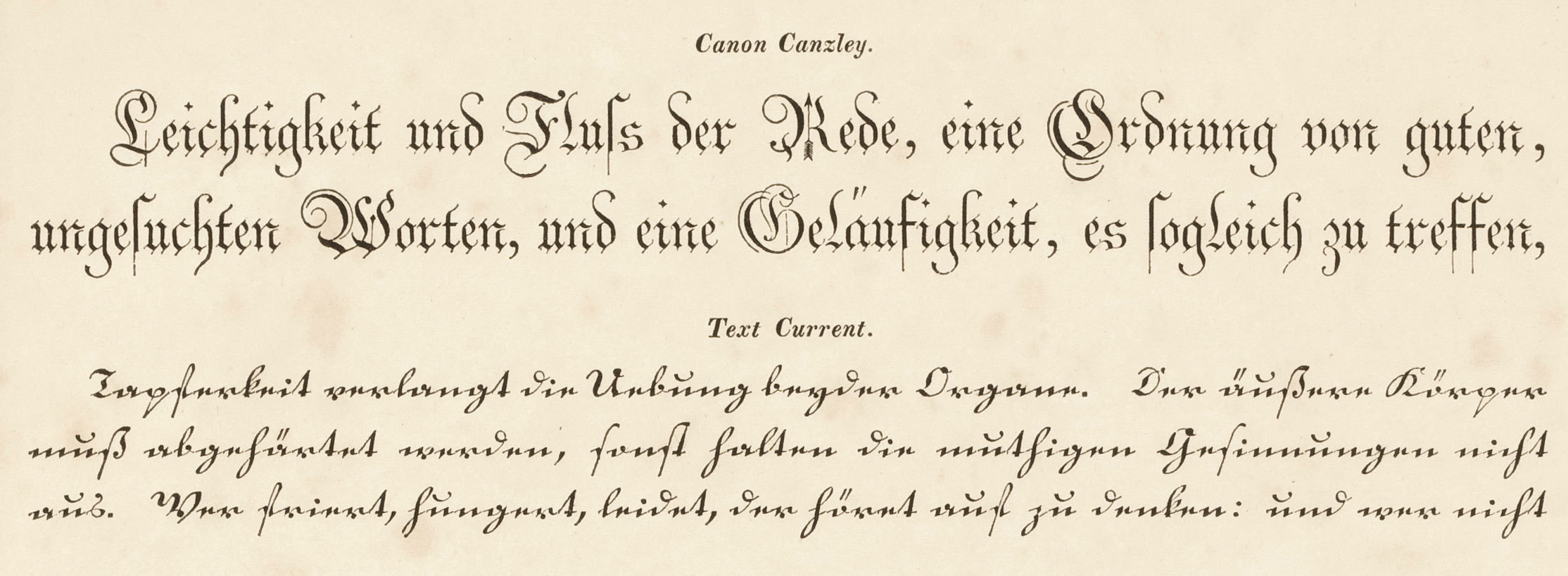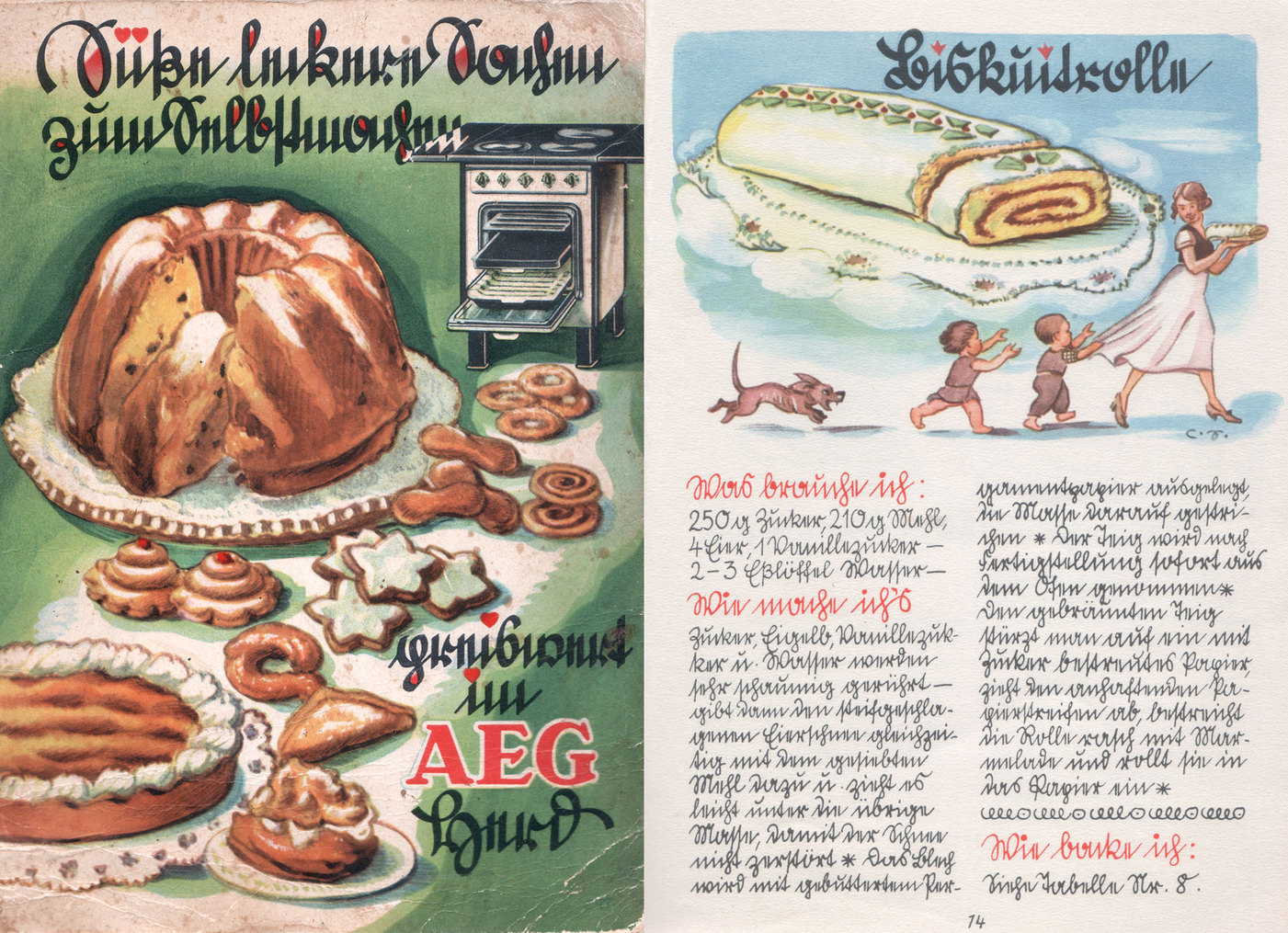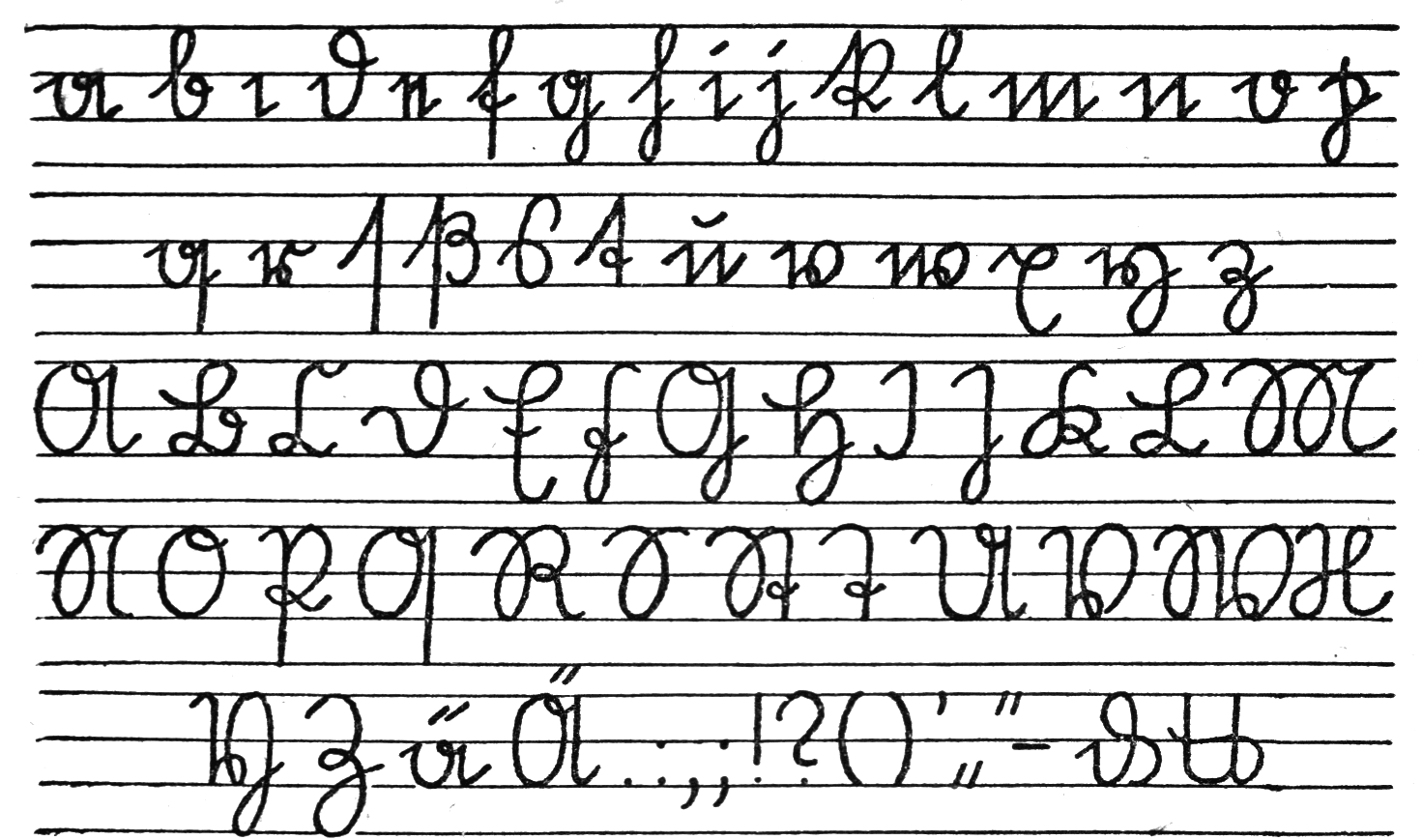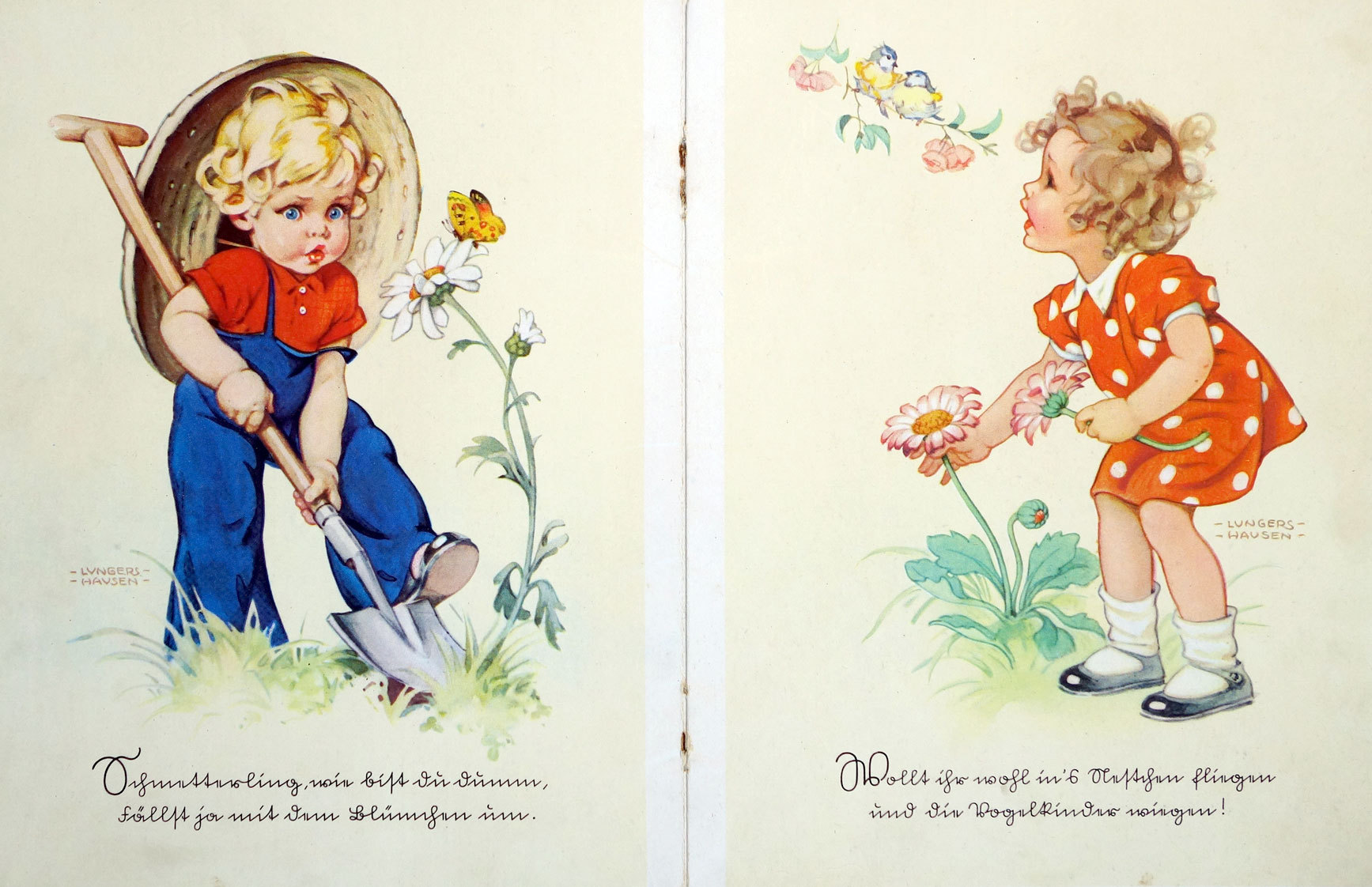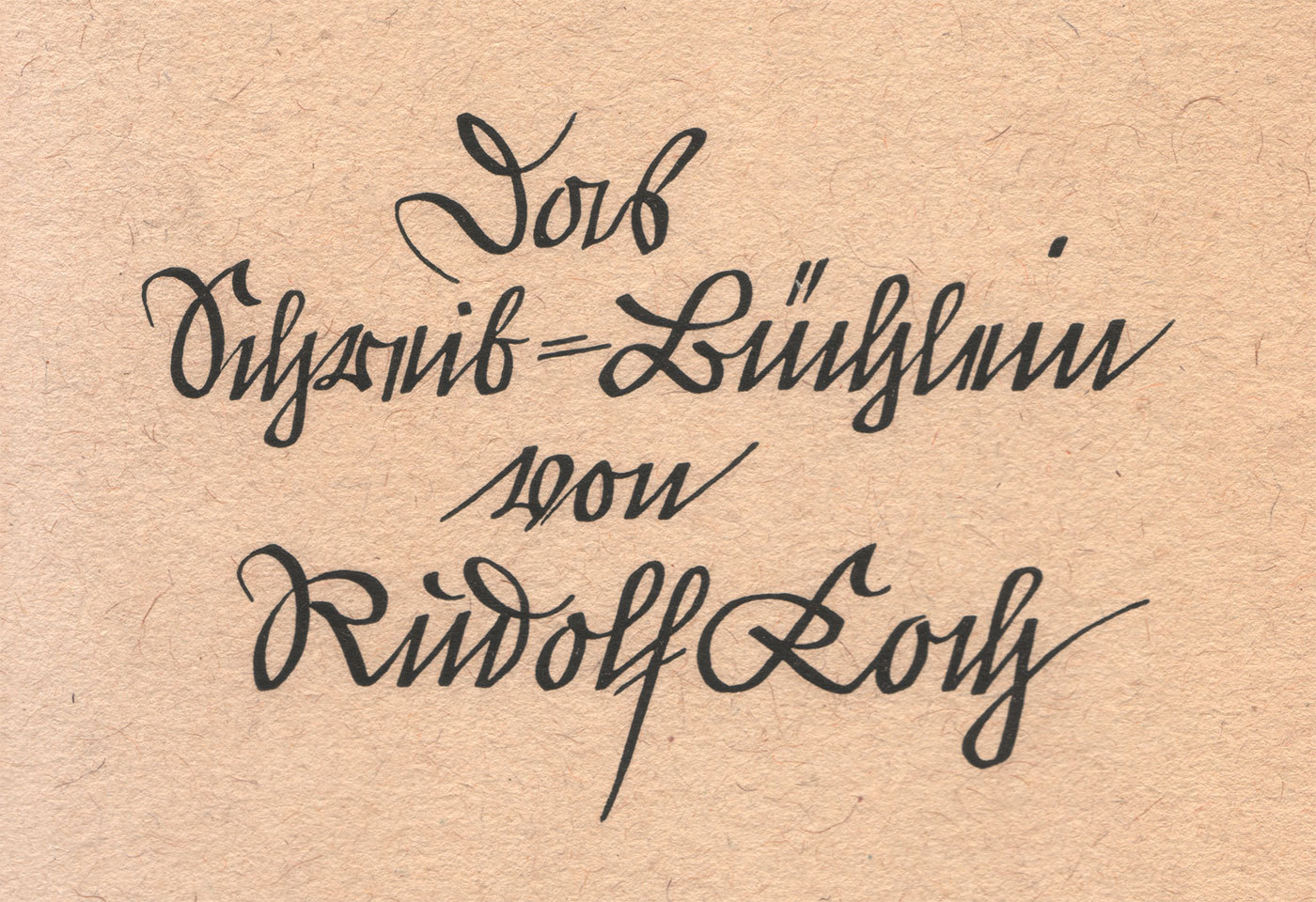You are visiting your parents or grandparents, you come across an old photo and ask ..
” Who is this? “
You get that spark to start your own family tree. So, you ask your family member if they have any more information about the photo and if they have any more in the house somewhere that they can share with you. You start going through drawers, boxes, hit the attic and old boxes in the garage hidden away where your family member has put all those ” old photos ” everyone has forgotten about .
Or, like me, I visited my parents one day and they were going through the attic, while they took all the boxes out to go through them, I asked if I could borrow the ones with the pictures and old documents in them.
They of course said .. Yes you can.. but MAKE SURE YOU BRING THEM ALL BACK AND PLACE IT BACK WHERE YOU FOUND IT, RIGHT WHERE YOU FOUND THEM AND EXACTLY IN THE BOX HOW YOU FOUND THEM … can you tell I am german?!? So, three years later ( working on this spending 8 hours a day, three days a week ) 4000 pictures later, I got ahold of all the family photos I could find.
Like me, you might have come across an old photo ” post card” like they had back then, with writing on the back that could only be translated by the person who wrote it .. who is now dead ..

I found this photo in 2010 , and is only one picture of the 1000s I scanned that got me interested in my own family tree, and helping others in translation of documentation and helping others with there own family tree.

with a LARGE MAGNIFYING GLASS IN HAND.. YOU KNOW THE KIND YOUR GRANDPARENTS USUALLY HAVE … I STARTED TRANSLATING …
My translation
Lieber Bruder in (?)! Wir schicken Euch hier eine Karte; sind ganz hübsch geworden, auch die Gruppenbilder wo alle darauf sind. Die Andere ist nichts geworden, haben nicht still gestanden. Ich schreibe Euch noch die Briefe(?) mit (Karl Louis Burbier(?), geb. Aschersleben Margdeburger, Preussen). Sonst geht es uns gut, was wir von Euch auch hoffen. Seid herzlich gegrüst von Emma und Christian.
When people come to me to help translate ancestry documents they have found from German into English because they can not read it. I tell them of course and to bring me what they have, that I can give them a price once I see what I will be translating to them and then I explain to them why they see what they see.
They often always tell me that the handwriting they have found looks like ” chicken scratch ” and it is so hard to read ….
While researching online myself … I found this way to be the best way to explain why we see what we see while researching our Germanic documentation …
There are several forms of handwriting when looking at the Germanic Language… the following are a few examples I have found while researching online and the best way to explain it in lamens terms….
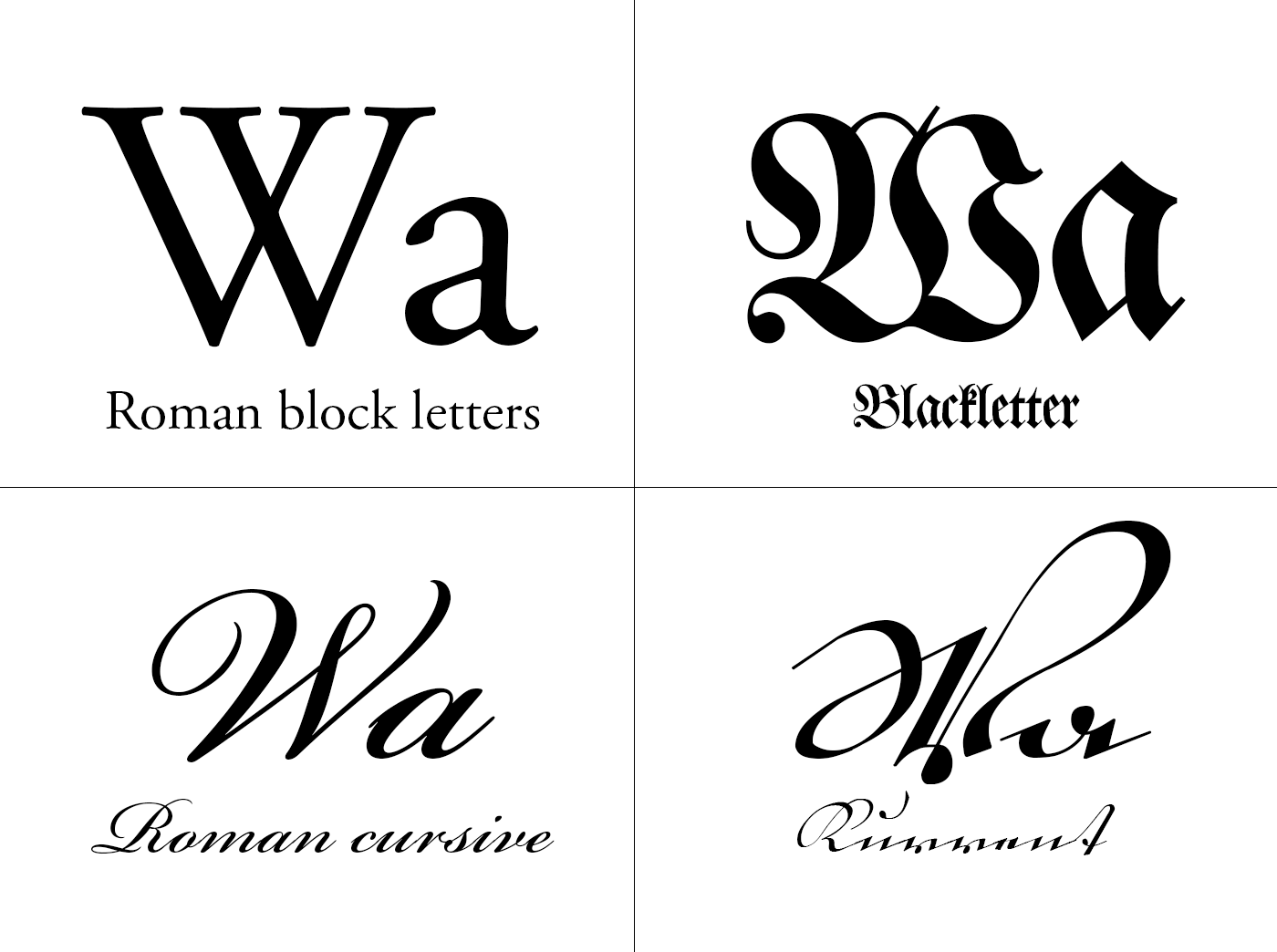
When learning to write German, people would have to learn the Roman block letters and cursive, as well as blackletter and Kurrent, which were the most-used styles for written and printed German. Therefore their colloquial name became “Deutsche Schrift” (German Script). This semantic differentiation between “Latin script” and “German Script” was later misused to support the growing nationalistic ideology at the end of the 19th century and in the first half of the 20th century. The so-called German script was glorified as unique and superior creation of the German people and used as nationalistic symbol.
Kurrent was the style type is a style used between the 15th and 20th century. This is style type that is similar to medieval hand writing.
Current is seen by the letters going in all directions on the page and not in one constant direction. Not only that, but
The letters are almost always connected to each other
Gaps are avoided
the words are almost always written over the same stroke again
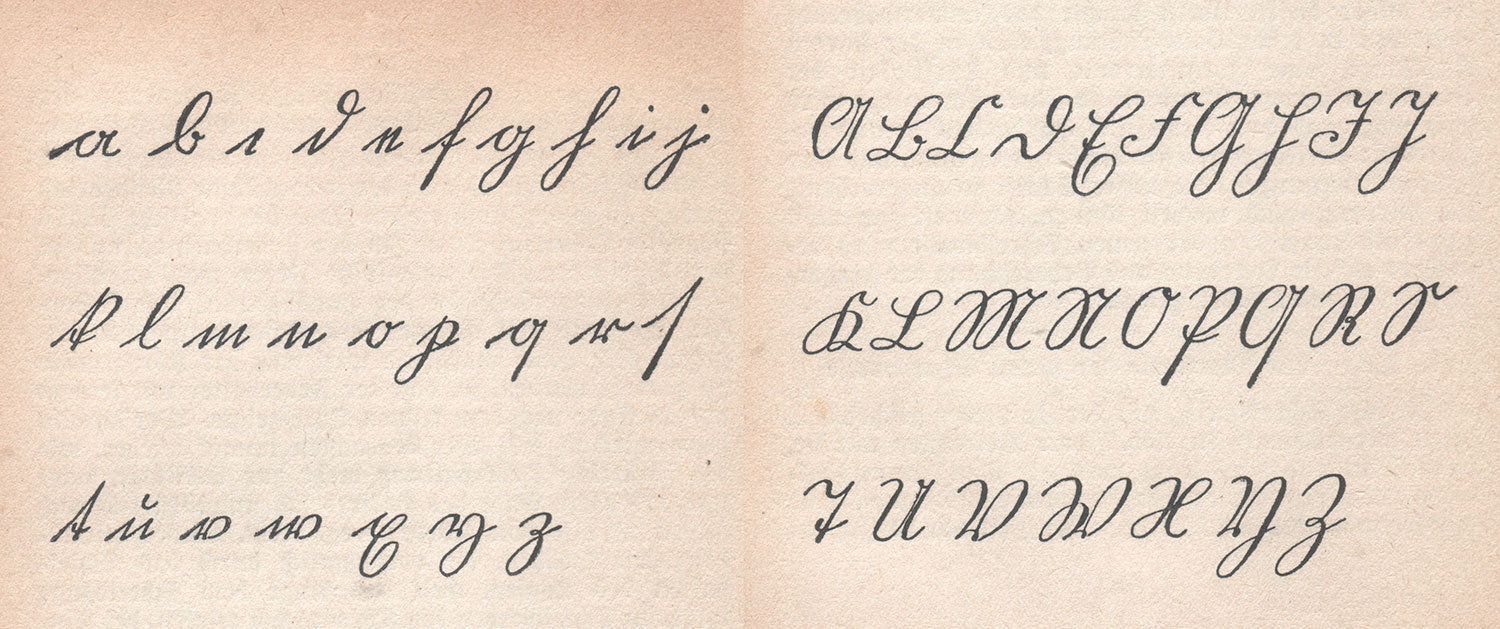
Standard Kurrent letters as they would appear around 1900
I think this is just so beautiful! This is the ” Kurrent Style ” over 500 plus years ago!
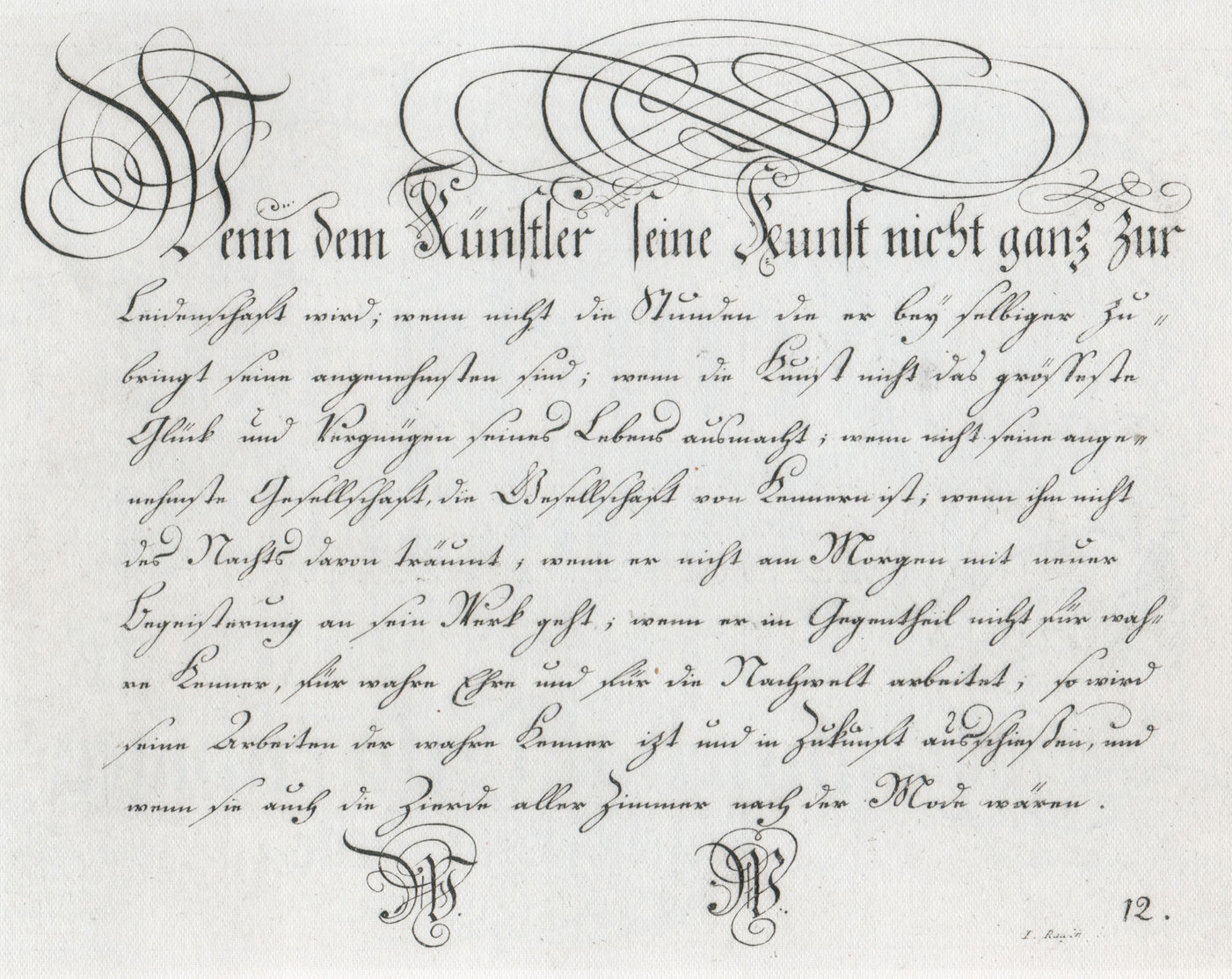
A writing master’s Kurrent (Johann Gottfried Koeppel, 1781)
Kurrent was also a style of the writing masters of the time and they embellished the type with decorative swashes for caps, ascenders and descenders. This gave the style it’s typical proportions with a rather small x-height. With these features fully developed over time, Kurrent became its own branch within the Latin script. The small x-height in connection with the zig-zag patterns and similar letter shapes made the type style more decorative than legible.
Blackletter and Kurrent in a type specimen from the type foundry of Karl Tauchnitz, 1825
German postcards in Kurrent
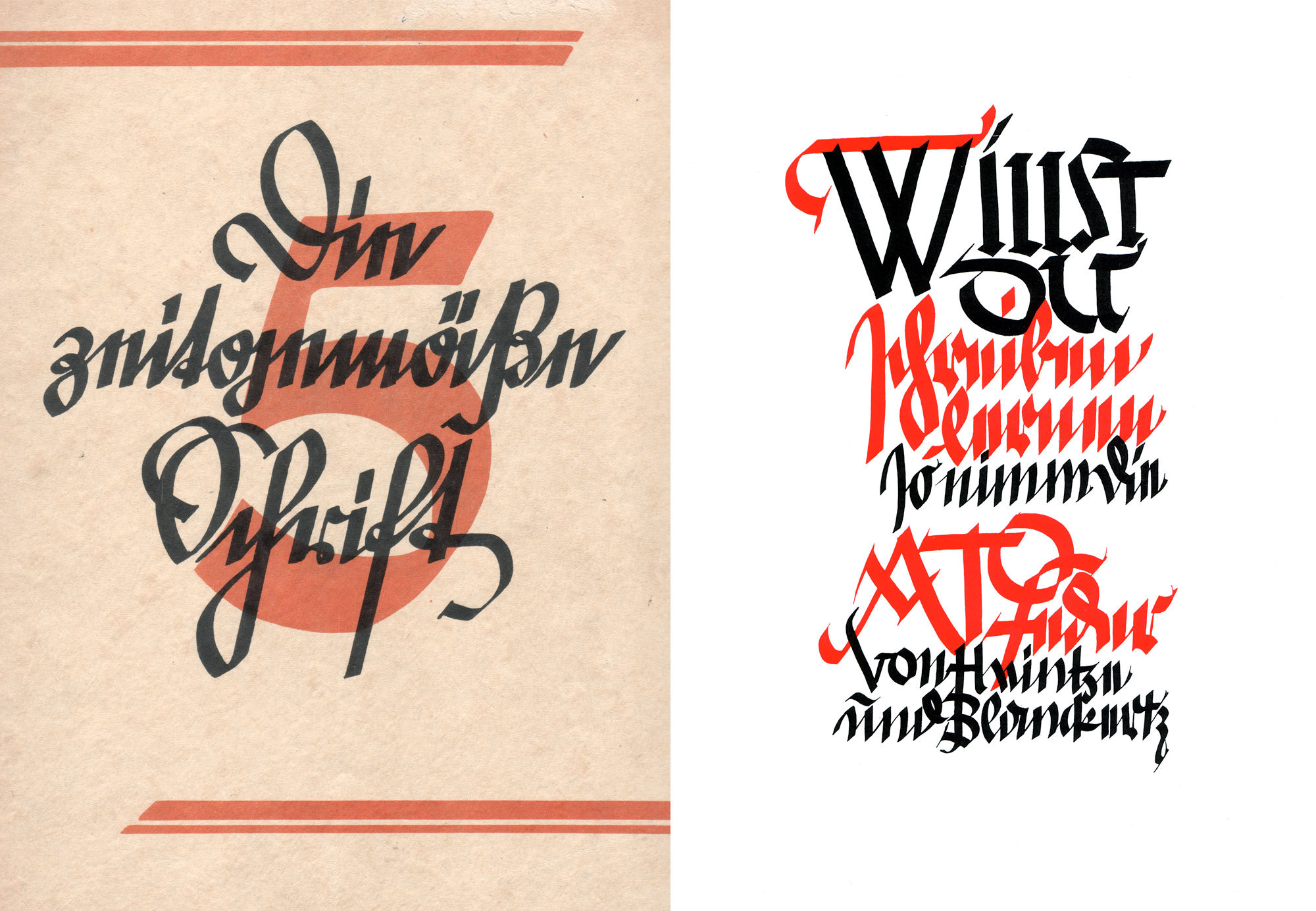
From the magazine Die zeitgemäße Schrift, which was published between 1928 and 1943
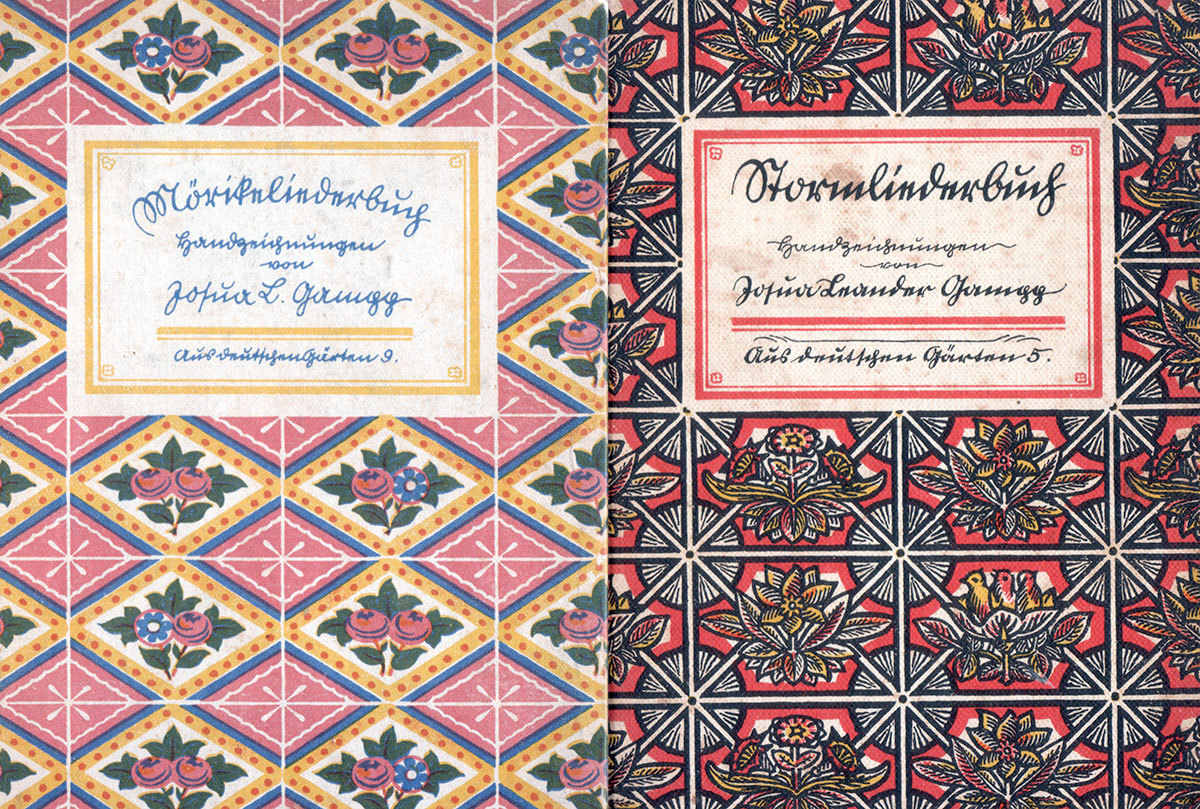
Books in Kurrent from the publisher Alexander Duncker Verlag, Weimar
Sütterlin
At the beginning of the 20th century the teaching of Kurrent was reformed. The proportions of Kurrent in connection with the influence of the steel pen were neither very legible nor a good foundation for a characteristic personal hand-writing style. The German graphic designer Ludwig Sütterlin developed a set of reformed alphabets for the ministry of culture of the state of Prussia. The Kurrent alphabet was introduced in 1915. In the 1930s it had become the dominant writing style for teaching to write German. Even though Ludwig Sütterlin had also created a Latin alphabet for schools, his name became a synonym for his the Kurrent style.
Sütterlin writing in a children’s cook book
Sütterlin did not try to invent new letters. Instead he modified the existing Kurrent style to make it easier to write and read. The general design of the letters remained basically unchanged. But the proportions were changed to a simple and more legible 1×1×1 ratio (ascender/x-height/descender). Beginners now wrote the letters upright and with a Redis pen without any pressure modulation while writing.
The use of Sütterlin and blackletter typefaces was actively supported and even demanded, when the Nazis gained power in 1933. The publishers of school books had to use blackletter typefaces and had to focus on Kurrent writing—Jewish publishers on the other hand were not allowed to use any so-called “German typefaces”. So during the 1930s blackletter and Kurrent writing were on the rise again and the political connotations of this use became more and more prominent.
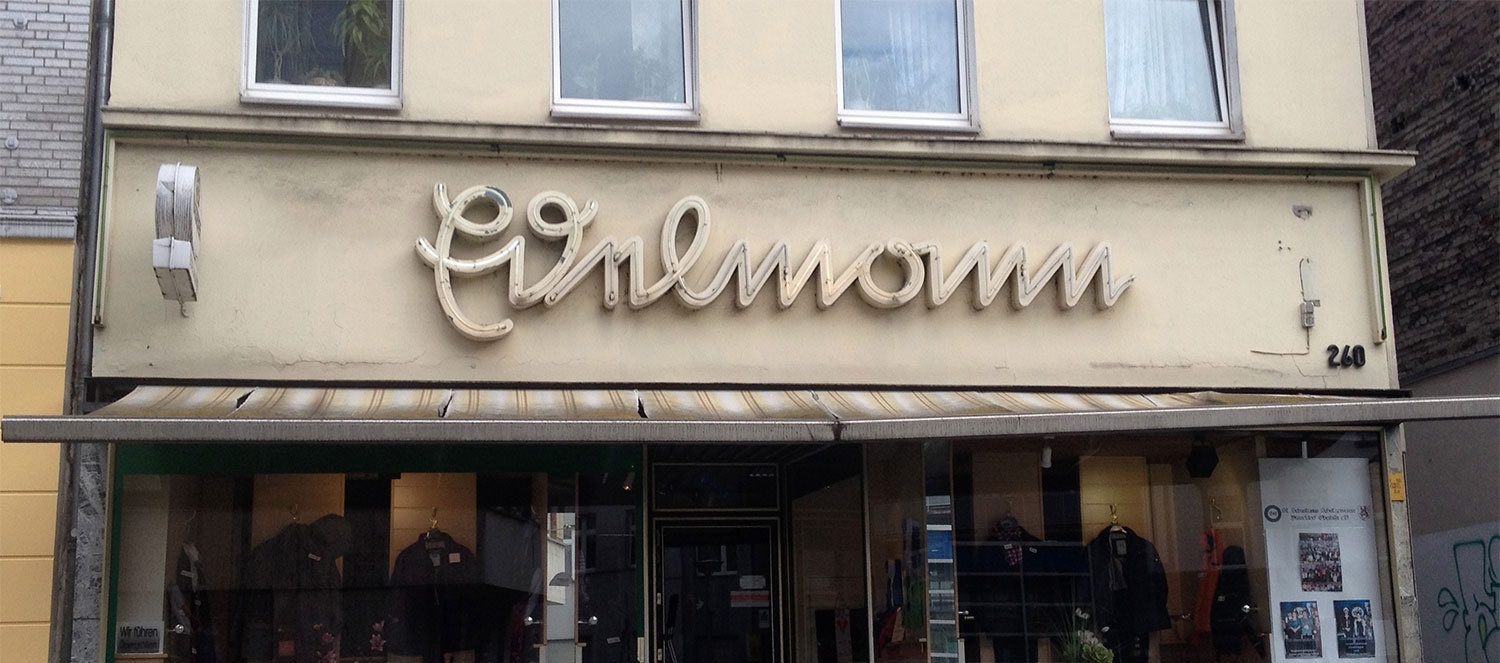 Sütterlin store signage (“Edelmann”)
Sütterlin store signage (“Edelmann”)
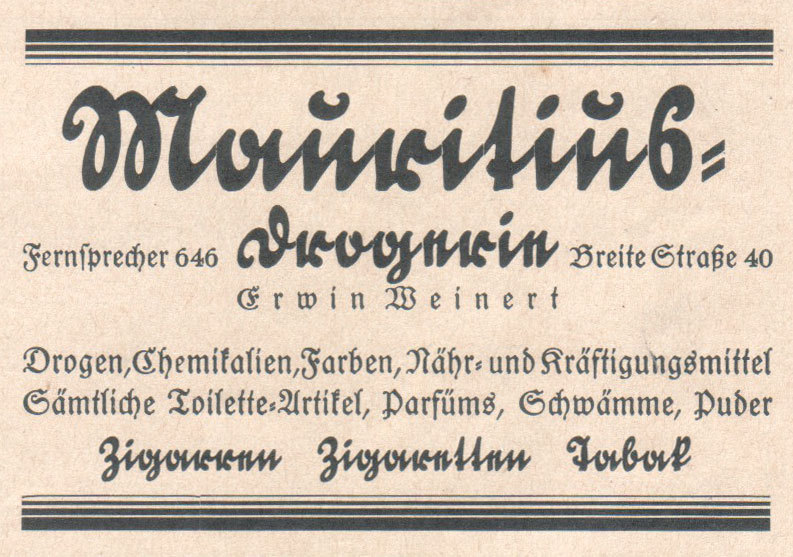
Because of their connections, Kurrent and Sütterlin were not easy to be designed as metal typefaces, but they were offered and used nevertheless.
Shortly after the Nazis gained power, a new style of modernized blackletter typefaces. It is now colloquially known as Schaftstiefelgrotesk (“combat boot sans serif”). This name also shows how strong the connotations between the type style and politics of the Nazi era still was.
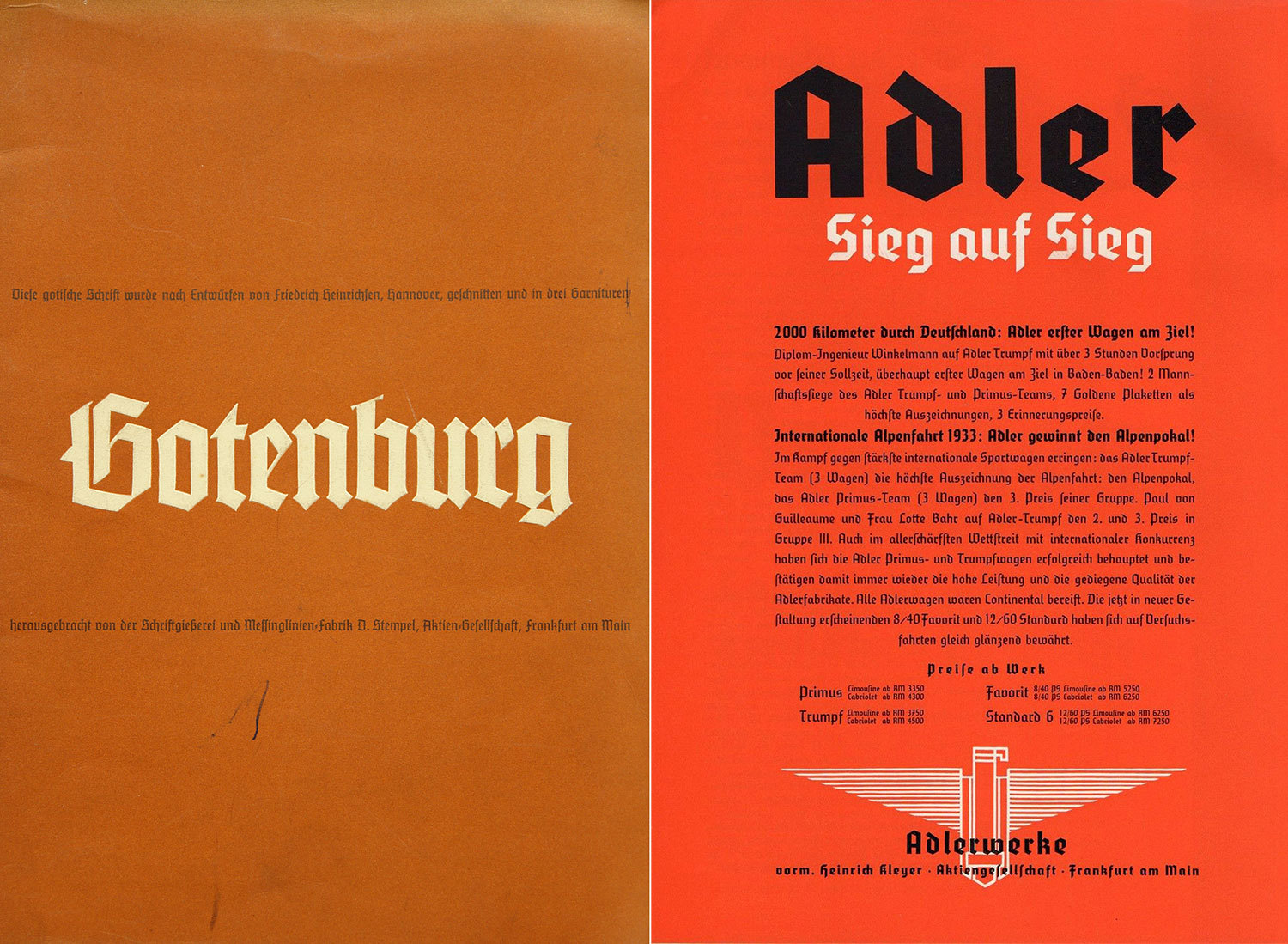
Two examples of the modernized blackletter typefaces of the 1930s. Left: Gotenburg, right: Element
Offenbacher Script
The famous German calligrapher and type designer Rudolf Koch also got in the game and developed his own style of Kurrent writing: It was published in 1927 and was called Offenbacher Schrift. Koch wanted a script that was not only easy to write, but it should also allow for some artistic quality and freedom. The design was much more lively than Sütterlin’s Kurrent alphabet and was introduced in schools in the state of Hesse. But despite it’s good reputation in the field of typography and calligraphy, the writing style of Rudolf Koch wasn’t widely adopted.
